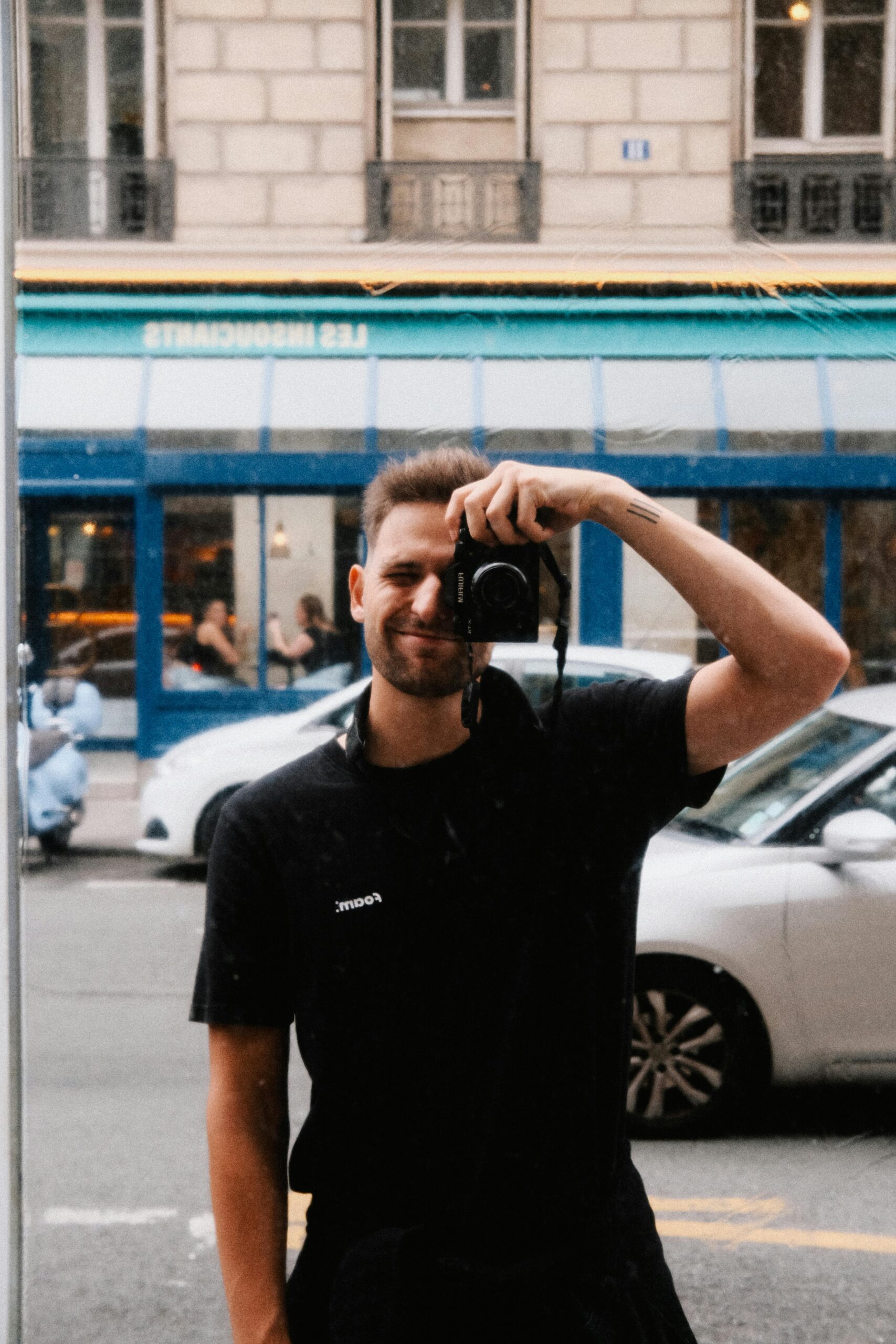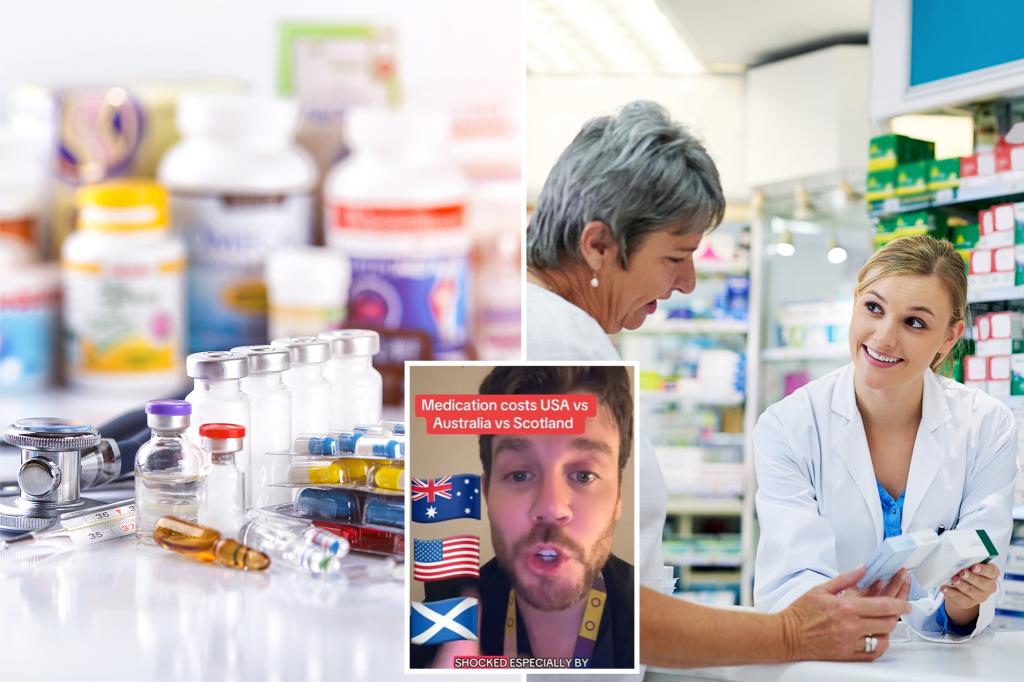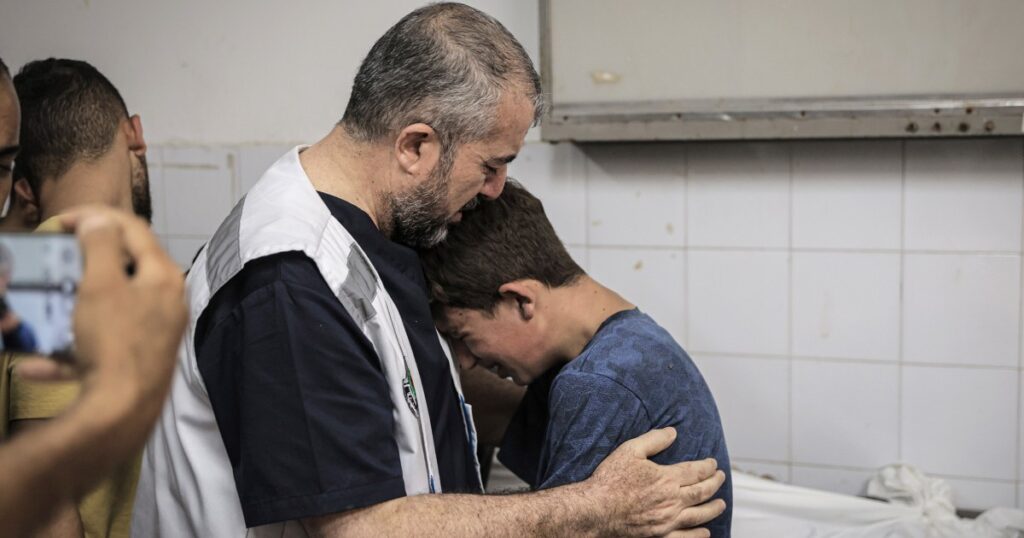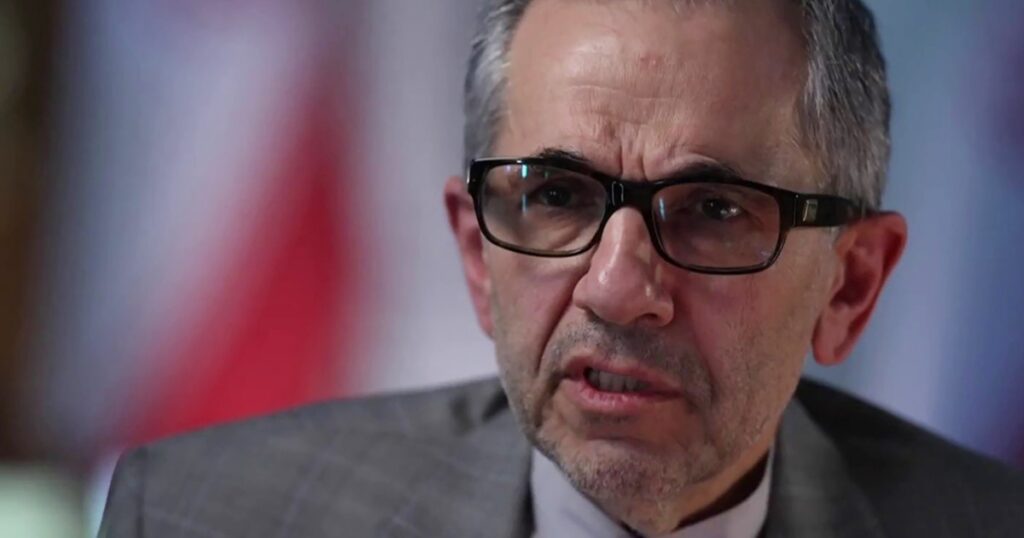American Drug Prices vs. Australia: A Shocking Contrast
A medical professional has highlighted the staggering price differences faced by Americans who can end up spending tens of thousands of dollars on essential medications, while Australians may pay under $10 for the same drugs.
Doctor Michael shared his analysis of the cost variations among five common medications in the U.S., Australia, and Scotland with his TikTok audience of over 500,000 followers. His video, which has garnered more than 2.7 million views, begins with the price of a salbutamol inhaler, typically around A$10 in Australia but priced at about US$50 in the United States.
Additionally, one medication can cost Americans as much as $84,500.
Atorvastatin, prescribed for lowering cholesterol and preventing heart disease, is available in Australia for just A$6.70 for a 30-tablet supply, a stark contrast to its staggering price of US$2,628 in the U.S.
Following this, Omeprazole, used for managing stomach acid, can be bought in Australia for A$6 whereas in the U.S., it may run up to US$326.
Azithromycin, an antibiotic for bacterial infections, is priced at US$155 in the U.S. but can be found for A$7.70 in Australia.
However, the most alarming example is Sofosbuvir, a treatment for hepatitis C. Without insurance or discounts, the 12-week course can cost approximately US$84,000, equating to around US$1,000 per tablet, while in Australia, it’s priced at about $31 for 28 tablets under the Pharmaceutical Benefits Scheme (PBS).
Dr. Michael remarked that Americans are burdened with significantly higher costs, noting that there are no expenses for any of the five medications in Scotland.
In response to the shocking prices, he exclaimed, “Oh my god,” emphasizing that the healthcare systems in Scotland and Australia are subsidized by the government, making medicines more affordable.
The video prompted widespread reactions from viewers across the globe. One Australian commenter expressed satisfaction in paying higher taxes to ensure everyone has access to medical care, citing it as a basic human right. Others criticized the American healthcare system, calling it a “giant scam” and highlighting the disparities in medical support and benefits between Australia and the U.S.
The timing of Dr. Michael’s video coincided with remarks from President Trump, who has suggested a potential 200% tariff on imported pharmaceuticals, a significant export from Australia to the U.S.
Trump has indicated that these tariffs could increase in stages, starting with an initial small rate and potentially escalating to 250% over time, in a bid to encourage domestic pharmaceutical production.
Concerns have arisen that Trump’s stance on pharmaceutical tariffs could detrimentally impact Australia’s economy, potentially affecting billions and putting pressure on the PBS.
However, chief economist Matt Grudnoff from The Australian Institute advised caution, suggesting that Trump might not have solidified his plans on tariffs just yet. He noted that despite ongoing discussions, definitive tariff structures are not established.
Trump has asserted that American consumers would bear the brunt of any tariffs more than Australians and mentioned the political complications of increasing medicine costs ahead of midterm elections.
Grudnoff anticipates that any newly applied tariffs could have a more significant impact compared to other industries, potentially affecting Australia’s major pharmaceutical companies.
Despite pressures from Trump for a revision of Australia’s “discriminatory” PBS scheme—which he claims hampers American exports—the Albanese government has pledged not to alter the PBS in response.
Prime Minister Anthony Albanese has been adamant that the PBS is “not up for negotiation." Recently, the government introduced a plan to reduce the cost cap for eligible medications on the PBS from $31.60 to $25, set to take effect on January 1 next year, with projected savings of $200 million annually for Australians.
Concerns associated with the proposed tariffs seem minor in comparison to the excessive wait times for medications to be listed on the PBS, as conveyed by Medicines Australia chief Liz de Somer. Advocacy groups have warned that these delays could cost lives as patients await new life-saving therapies.
A recent report indicated that the average wait for a medication to transition from the Therapeutic Goods Administration approval to being listed on the PBS is about 22 months. This delay can prevent patients from accessing critical treatments.
In light of this situation, Health Minister Mark Butler has stated that the government’s ongoing review of the PBS system aims to expedite access to new medications for Australians and reduce costs.

Passionate journalist and digital news editor with a keen eye for global affairs and emerging trends. As the founder and lead writer of RSS News US, he is dedicated to delivering accurate, insightful, and engaging content to readers seeking trustworthy news in a fast-paced world.


